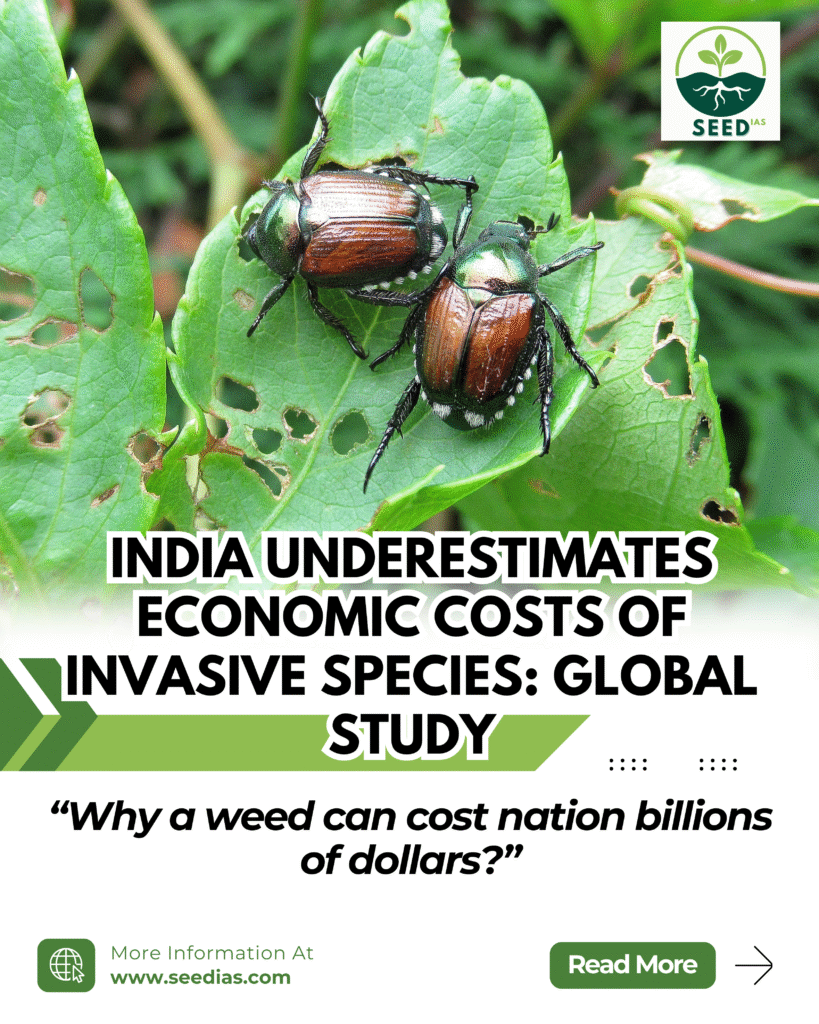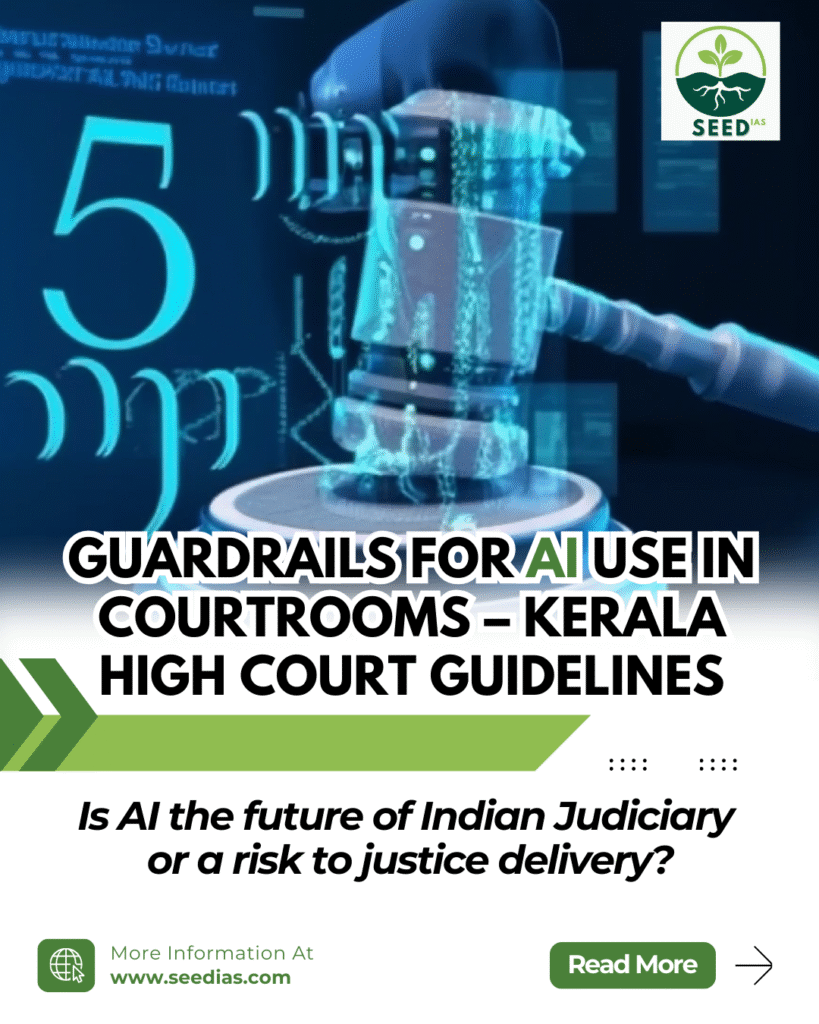Why in NEWS
A report presented by the Finance Minister in the Rajya Sabha revealed that since 2015, the Enforcement Directorate (ED) has registered 5,892 cases under the Prevention of Money Laundering Act (PMLA), 2002, but has achieved only 15 convictions.
In a related development, the Supreme Court directed ED to strictly follow the rule of law, suggested setting up fast-track courts for PMLA cases, and called for cryptocurrency regulation to prevent misuse without imposing a complete ban.
Key Terms / Concepts
| Term / Concept | Explanation |
|---|---|
| Money Laundering | The process of concealing the illegal origin of funds obtained from criminal activities to make them appear legitimate. |
| Placement | Introducing illicit funds into the financial system. |
| Layering | Disguising the origin of the funds through complex transactions. |
| Integration | Reintroducing the laundered funds into the economy as legitimate assets. |
| Laundromat | A network of banking channels, shell companies, and offshore accounts used to clean illicit funds. |
| PMLA, 2002 | Law enacted to prevent money laundering, confiscate properties from such activities, and fulfill international commitments. |
News Details
| Aspect | Details |
|---|---|
| Legal Gaps | Misuse of Section 5 of PMLA (property attachment without a registered offence) and prosecution delays weaken enforcement. |
| Emerging Risks | Use of cryptocurrencies, fintech tools, and cross-border laundering make detection challenging. |
| Example | In a ₹260 crore global cyber fraud, ED found funds were converted to Bitcoin and USDT, then laundered via hawala channels in the UAE. |
| Shadow Economy | Informal sector and weak regulation in real estate, jewellery, and luxury goods enable laundering. |
| Global Cooperation Gaps | Despite having DTAAs with 85+ countries, slow and limited information sharing hinders investigations. |
Consequences of Money Laundering
| Impact Area | Effect |
|---|---|
| Organised Crime & Terrorism | Sustains criminal networks and terror financing. |
| Governance | Fuels corruption, weakens democratic institutions. |
| Social | Diverts welfare funds, increases inequality. |
| Economy | Distorts monetary policy, inflates asset prices, deters FDI, causes instability. |
Key Provisions of PMLA, 2002
| Provision | Explanation |
|---|---|
| Attachment & Confiscation | Authorities can seize property linked to crimes; requires adjudicating authority oversight. |
| ECIR | Investigation can start with an ECIR by ED; FIR not mandatory. |
| Bail (Sec 45) | Accused must prove prima facie innocence for bail. |
| Institutional Mechanisms | FIU-IND collects suspicious transaction reports; Appellate Tribunal hears appeals. |
Recent Amendments
| Year | Change |
|---|---|
| 2019 | Rule 3A allowed Special Courts to notify claimants for confiscated property after charges are framed. |
| 2023 | Expanded disclosure norms for NGOs; redefined PEPs in line with FATF standards. |
Judicial Interpretations
| Case | Ruling |
|---|---|
| P. Chidambaram vs. ED (2019) | Concealing illegal sources undermines sovereignty and integrity. |
| Vir Bhadra Singh vs. ED (2017) | FIR not required; ECIR sufficient to proceed. |
| Vijay Madanlal Chaudhury vs. UOI (2022) | Scheduled offence registration mandatory for prosecution, not for property attachment. |
Measures to Tackle the Issue
| Measure | Purpose |
|---|---|
| Align with FATF Norms | Ensure transparency and prevent misuse. |
| Independent Probes | Remove political bias in enforcement. |
| Stronger Evidence | Use digital forensics and inter-agency coordination to improve conviction rates. |
| DTAA Utilisation | Enhance cross-border data sharing. |
| Judicial Oversight | Prevent arbitrary action and uphold due process. |
In a Nutshell
Money laundering erodes economic stability, governance, and security. India’s PMLA framework is strong on paper but suffers from misuse, delays, and weak enforcement. Increasing conviction rates requires legal reforms, unbiased enforcement, and global cooperation.
Memory Code: “3L – Law, Logic, Liaison” (Strengthen Law, Logical enforcement, International Liaison).
Prelims Questions
- Which of the following is not a stage of money laundering?
a) Placement
b) Layering
c) Diversification
d) Integration - Under PMLA, 2002, which of the following statements is correct?
a) FIR is mandatory to initiate proceedings.
b) ECIR can be filed without an FIR.
c) Bail under Sec 45 does not require proving innocence.
d) Only drug-related crimes are covered. - Which recent amendment aligned the definition of Politically Exposed Persons with FATF standards?
a) 2017 Amendment
b) 2019 Amendment
c) 2021 Amendment
d) 2023 Amendment
Mains Questions
- Examine the reasons for the low conviction rate under PMLA, 2002, and suggest measures for improving its effectiveness. 10 Marks
- Critically analyse the challenges posed by cryptocurrencies in money laundering, with reference to recent ED cases. 15 Marks
Prelims Answers & Explanations
| Q. No. | Answer | Explanation |
|---|---|---|
| 1 | c | Diversification is not a stage of money laundering; the stages are placement, layering, and integration. |
| 2 | b | FIR is not mandatory; ECIR is sufficient to start proceedings. |
| 3 | d | The 2023 amendment aligned PEP definitions with FATF norms. |
















